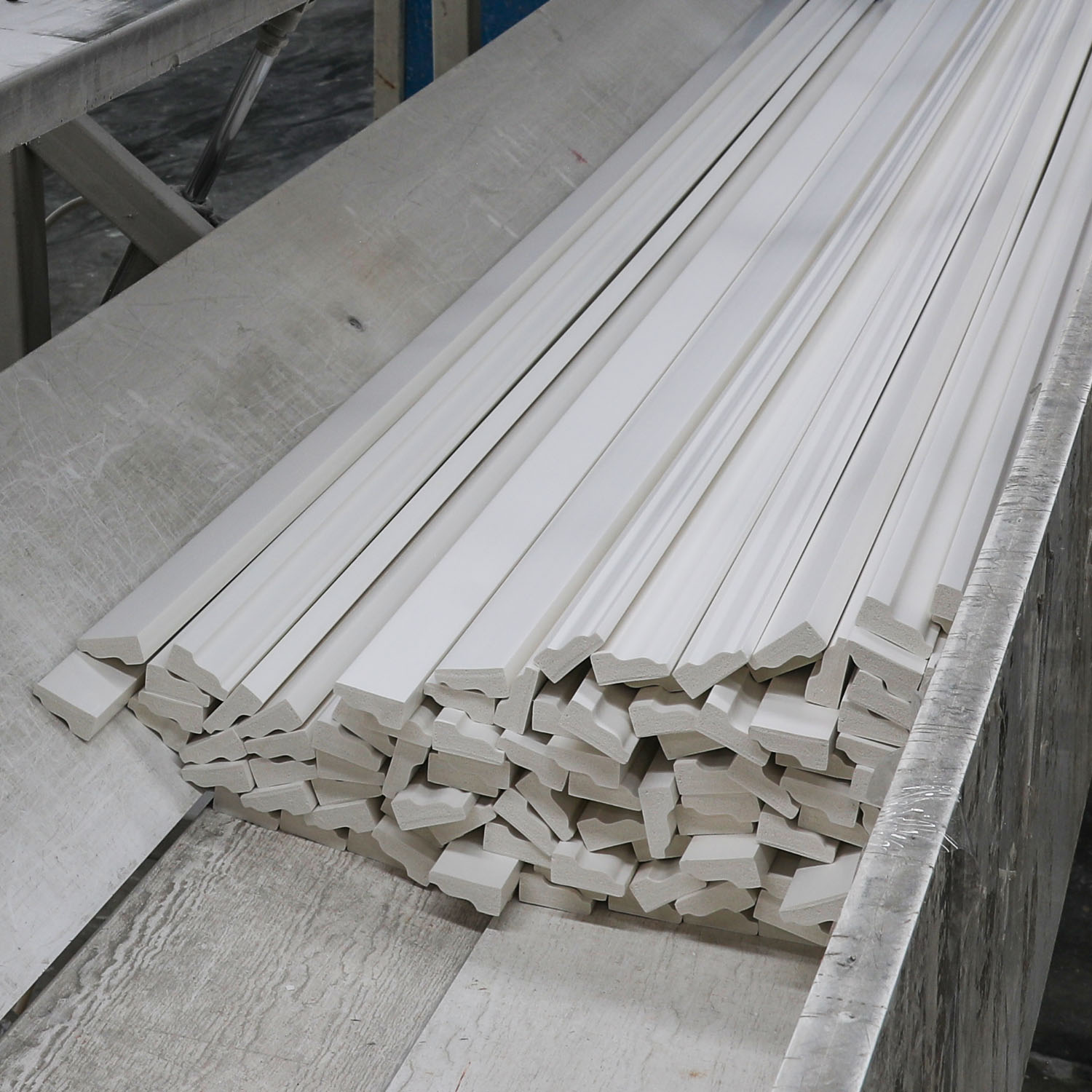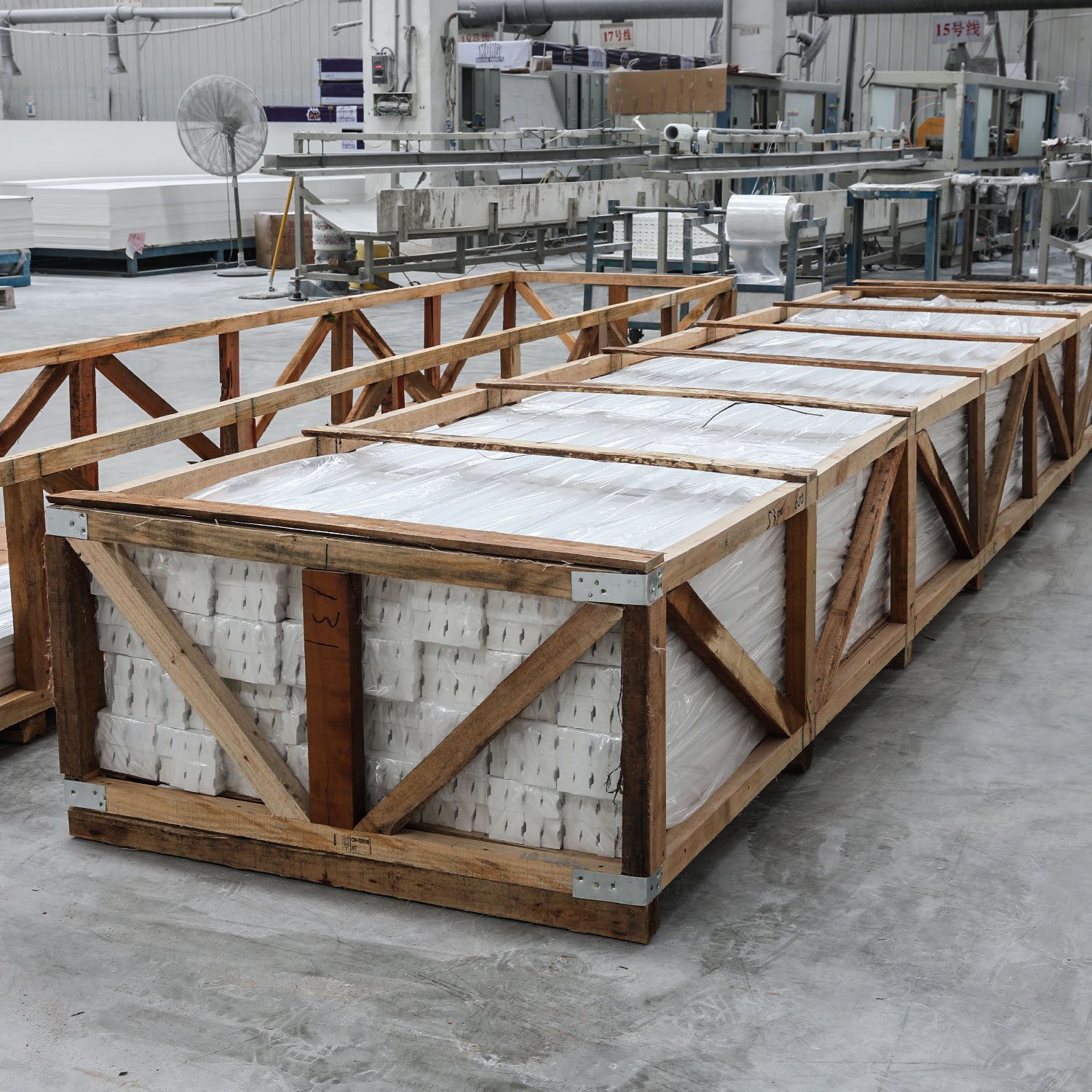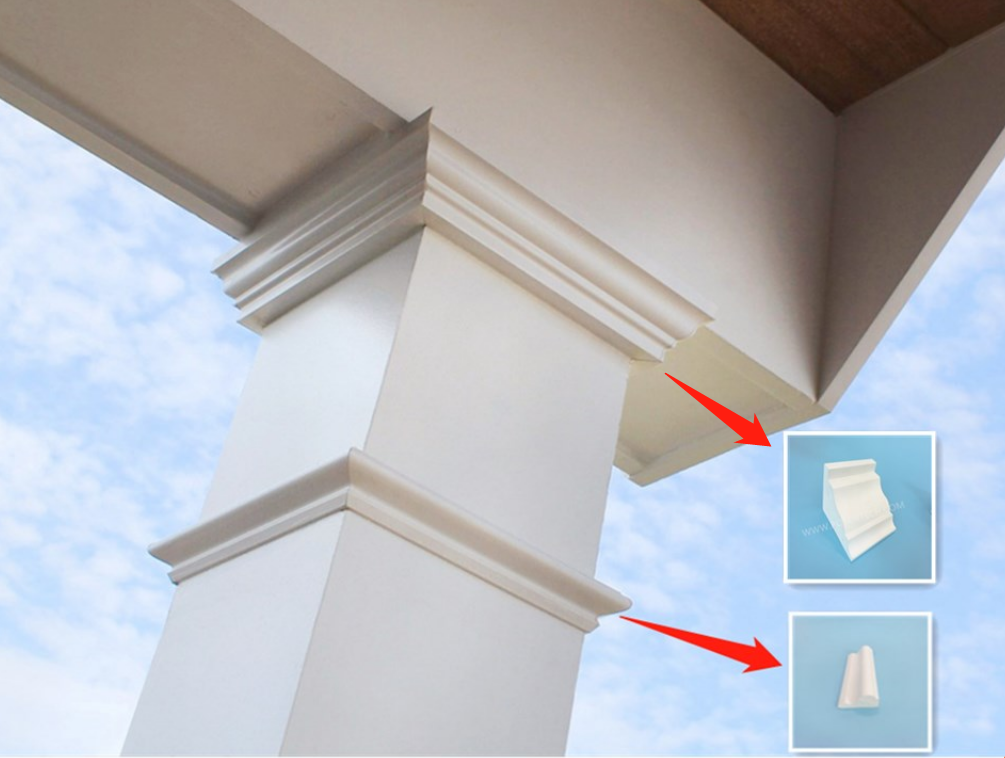When it comes to enhancing the exterior of a property, PVC mouldings are a popular choice among homeowners, builders, and architects alike.


They offer a sleek and stylish finish, but one of the most important factors to consider when choosing materials for exterior applications is their longevity and durability.
1. What Makes PVC Mouldings Ideal for Exterior Use?
PVC, or Polyvinyl Chloride, is a synthetic plastic polymer known for its strength and resistance to environmental wear. When used in exterior applications like trim, moulding, and siding, exterior PVC offers several advantages over traditional materials such as wood, plaster, and metal.
These benefits are crucial when assessing its durability and longevity.
Water and Moisture Resistance: Unlike wood, PVC mouldings do not absorb moisture.
This prevents the warping, rotting, and mold growth that can plague wooden trim over time.
PVC’s impermeability to water makes it an ideal material for regions with high humidity or frequent rainfall.
UV Resistance: PVC is highly resistant to the damaging effects of UV rays from the sun.
Unlike wood or painted surfaces that fade and deteriorate under constant sun exposure, PVC retains its color and structural integrity for years.
Weather Resistance: PVC is engineered to withstand a range of weather conditions, from extreme heat and cold to rain and snow. This makes it a great choice for areas with fluctuating temperatures and unpredictable weather.
Low Maintenance: One of the most notable advantages of PVC mouldings is their low maintenance requirement.
PVC does not need to be painted or stained to maintain its appearance, unlike wood, which requires regular upkeep.

2. How Long Do PVC Mouldings Last on Exterior Applications?
The longevity of PVC mouldings exterior largely depends on the quality of the material and the installation process. When properly installed and maintained, high-quality PVC mouldings can last for several decades—often up to 50 years or more—without showing signs of significant wear. Here’s why:
Corrosion-Free: Unlike metals, PVC does not rust, corrode, or degrade from exposure to the elements. Its resistance to chemical reactions with environmental factors ensures a long lifespan, even in harsh conditions.
Minimal Expansion and Contraction: PVC experiences minimal expansion and contraction compared to wood. This means that PVC mouldings are less likely to crack, warp, or shrink due to changes in temperature, which can significantly extend their lifespan.
Resistant to Pests: Unlike wood, PVC is not susceptible to damage from termites or other wood-boring insects. This feature adds to its longevity, as pests can cause significant damage to traditional wood mouldings, leading to costly repairs or replacements.
3. How Durable Are PVC Mouldings in Extreme Conditions?
While PVC mouldings are built to withstand the typical outdoor conditions, their true durability shines in extreme weather and challenging environments.
Let’s look at how PVC performs in some of the toughest conditions:
Hot and Dry Climates: In regions where temperatures regularly soar, PVC mouldings will not warp, crack, or degrade as easily as wood or plaster. The material’s heat resistance ensures that it will maintain its shape and color, even in the scorching sun.
Cold and Freezing Conditions: PVC can also endure extremely cold temperatures without becoming brittle or prone to breaking, unlike other materials that may crack under freezing conditions. In areas with snow and ice, PVC remains flexible and resistant to damage, making it a top choice for winter climates.
Coastal and Humid Environments: For homes near the coast or in humid areas, PVC is especially beneficial due to its saltwater and moisture resistance. It won’t degrade or develop mold, even when exposed to salt air or frequent rain.
4. Cost vs. Longevity: Is PVC a Worthwhile Investment?
While PVC mouldings can sometimes have a higher initial cost than wood or other materials, their low maintenance needs and extended lifespan make them a smart investment over time. Unlike wood, which requires frequent repainting, sealing, and replacing due to rot or pests, PVC mouldings provide a long-term solution with minimal upkeep. In the long run, this can save homeowners and builders both time and money.
5. Maximizing the Lifespan of Your PVC Mouldings
To ensure that your PVC exterior mouldings last as long as possible, follow these simple maintenance tips:
Regular Cleaning: Although PVC doesn’t require painting, it’s still a good idea to clean your mouldings regularly to remove dirt, debris, and grime that may build up over time.
A soft cloth and soapy water are usually sufficient.

